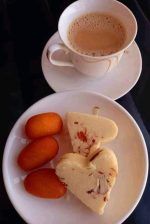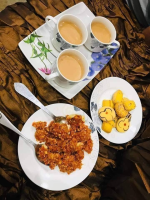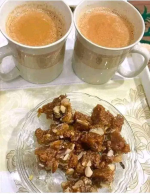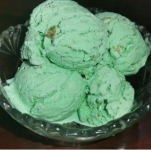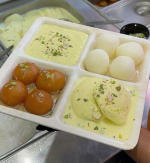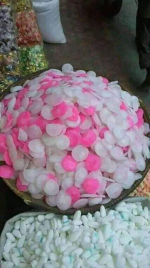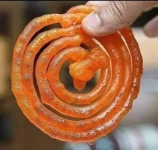ghazi52
Think Tank Analyst
- Mar 21, 2007
- 116,697
- 166,978
- Country of Origin

- Country of Residence

Ethnically diverse Karachi brings plenty of sweet dishes to the table on Eid
The Frontier PostKARACHI: After abstaining from food and drink several hours a day for an entire month, it’s only befitting that Pakistanis turn to traditional sweet dishes during the three-day Eid Al-Fitr festival that marks the end of the fasting month of Ramadan.
One of the desserts most widely prepared is sheer khurma, a pudding of vermicelli, pistachios and almonds flavored with saffron, a beloved of Muslims on Eid ul-Fitr and Eid Al-Adha in Pakistan, Afghanistan, India, and parts of Central Asia.
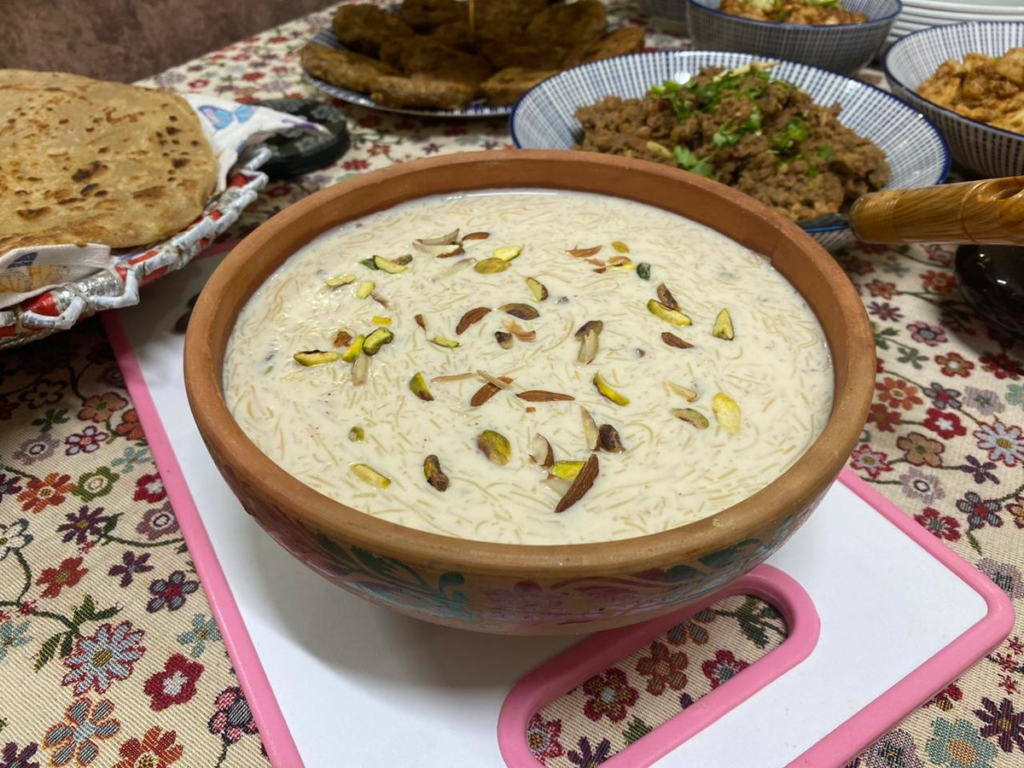
The photo taken on April 22, 2023, shows sheer khurma, a pudding of vermicelli, pistachios, and almonds. (AN Photo)
But if you are looking for something more unique, then the best place is arguably the southern metropolis of Karachi, Pakistan’s largest and most ethnically diverse city.
Mandatory Baloch ‘madar’ dessert
‘Madar,’ a traditional Baloch halwa dish, is quite popular in Pakistan’s southwestern Balochistan province but also in Karachi, which has a large Baloch population.

The photo taken on April 22, 2023 shows ‘madar’ a traditional Baloch dessert prepared specially on Eid Al Fitr. (AN Photo)
Ahmed Iqbal Baloch, a businessman-cum-journalist, says his family keeps the traditional culture alive every Eid Al-Fitr by preparing the ‘Madar.’
“Madar is the most delicious dessert that is a mandatory item of our Eid menu, though we have other several sweet dishes including sheer khurma as well,” Baloch told Arab News, adding that the dish is prepared with rich ingredients such as dates, wheat flour, pure ghee, and cardamom.
Favourite Sindhi Tahri dessert
For Sindhis, an ethnolinguistic group who speak the Sindhi language and are native to Pakistan’s southern Sindh province, a favorite dessert is Tahri,
“Tahri is a popular dessert in the Sindhi cuisine, which is made by boiling rice with gur [jaggery], sometimes milk, and a variety of spices such as cardamom, saffron, and cinnamon added,” Javed Mehar, a government official, told Arab News. “[It is] typically garnished with nuts and dried fruits.”
In different parts of Pakistan’s southern province, families have their own local variations of Tahri, Mehar explained, “and the recipe may vary depending on personal preferences and cultural traditions.”
“A typical variation is known as ‘Bhat,’ which is only rice and gur boiled in a comparatively increased quantity of water, with salt added to balance the taste,” he added.
Delicious Afghan porridge
For Afghans in Karachi, Afghan porridge, made of rice flour, milk, sugar and rosewater, is a popular Eid dessert, said Syed Mustafa, a community elder and teacher.
“Porridge is a delicious dessert that caters to the sweet tooth of Afghan refugees on Eid day,” Mustafa, who is ethnically a Tajik from Afghanistan, said. “Our Pakistani friends also like the dessert very much.”

T
he undated photo shows Afghan porridge, a popular Eid dessert. (AN Photo)
The royal ‘shahi’ seviyan
Of course, no Eid is complete without seviyan, toasted thin wheat noodles, topped with khoya, a creamy mass of cooked and caramelized milk. Families have recipes passed down over generations but young people are also experimenting with the much loved dessert.
Zeeshan Ahmed, a digital content creator and journalist who belongs to a Punjabi family, said he had stumbled upon a new recipe on YouTube while he and his wife were on the lookout for a new dish to create last Eid.
“We came across Shahi Seviyan, also called Nawabi Seviyan and decided to try it as these looked very delicious,” Ahmed told Arab News.
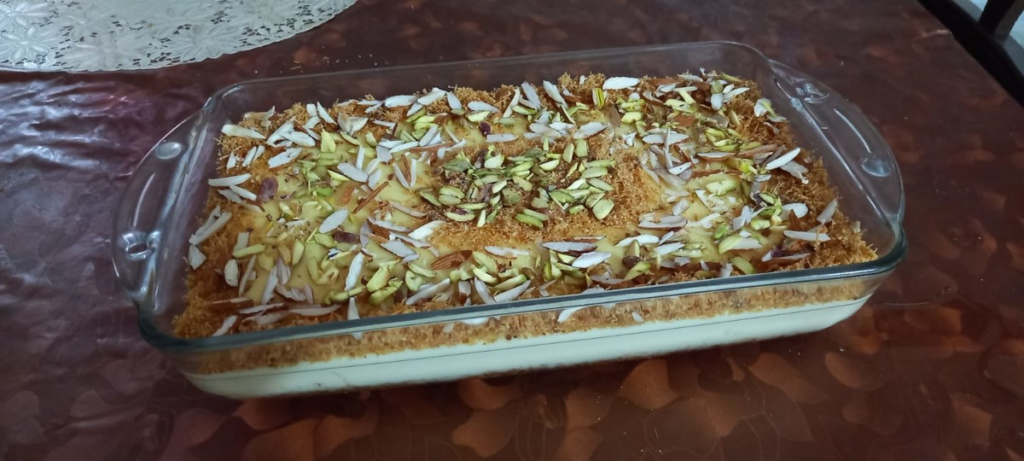
The photo taken on April 22, 2023, shows Shahi Seviyan, a popular Pakistani Eid dessert. (AN Photo)
“To make Shahi Seviyan not only requires time but also many ingredients, making it a rare dessert which few prepare” Ahmed said.
The dish is made of vermicelli, butter, khoya, icing sugar, milk, sugar, lemon juice, vanilla custard, lemon curd, almonds, pistachios, and red cherries.
When Ahmed and his wife took the sweet dish to a family lunch on Eid, everyone wanted more.
“Though we wanted to try something different this year, we will make it again because my grandmother wants us to make it,” he said.

